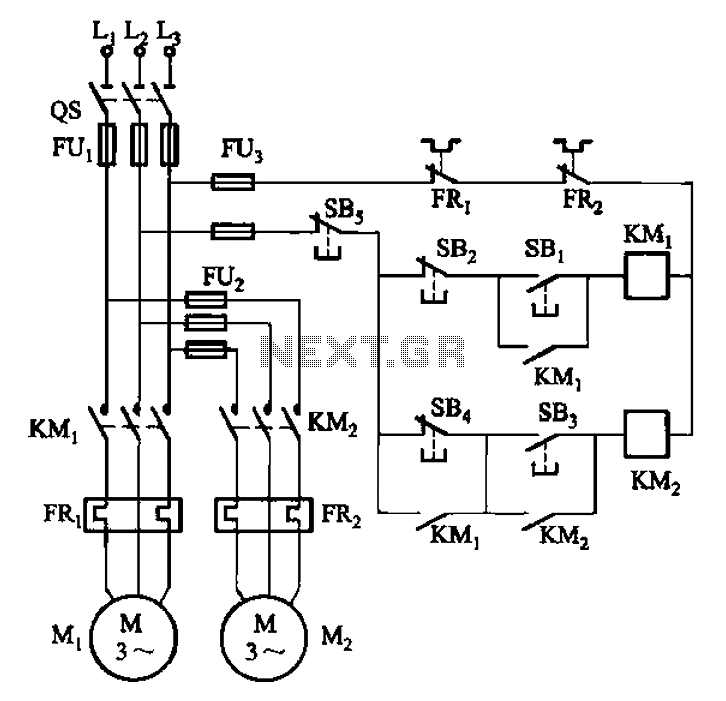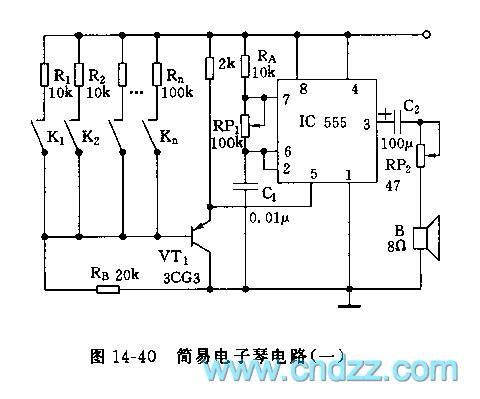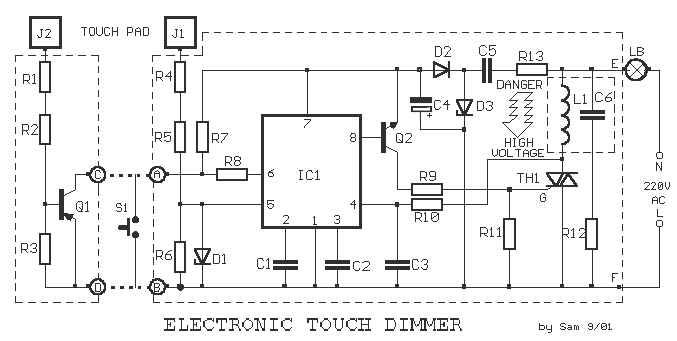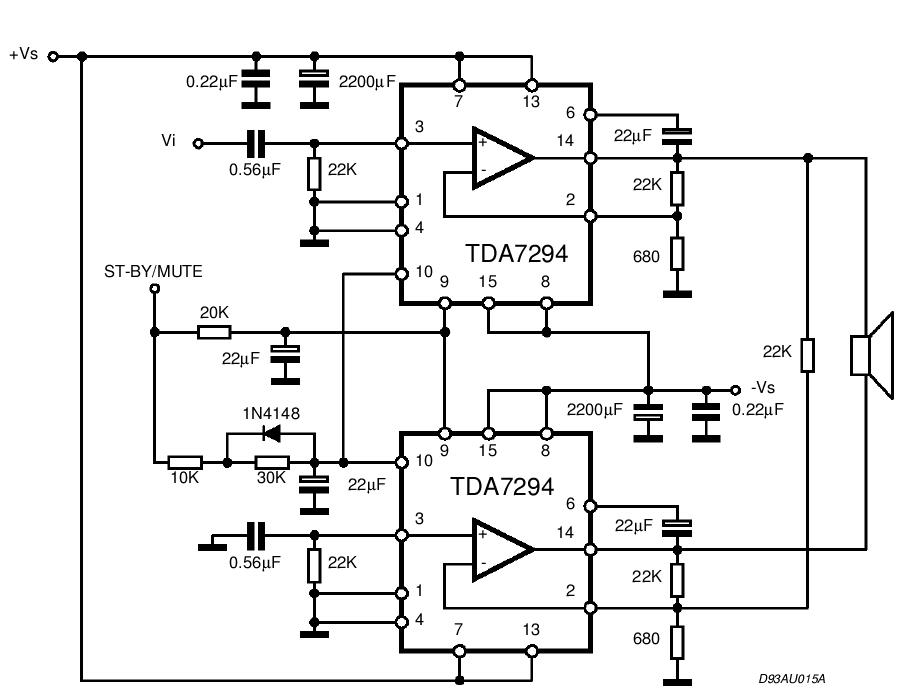
Electronic Pest Repellent Circuit
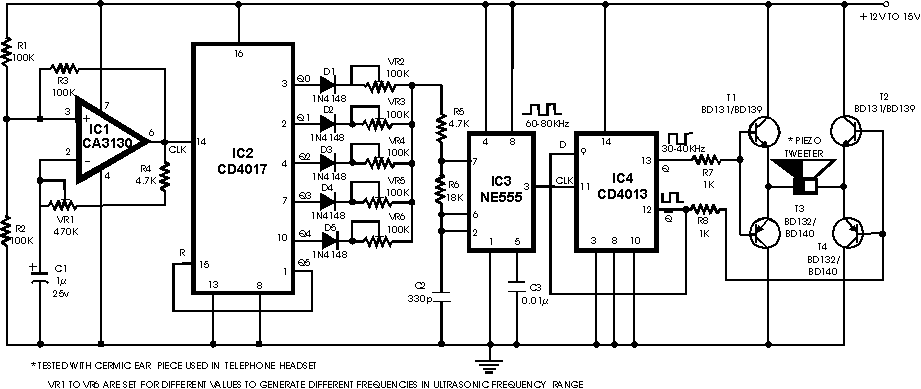
There are many ultrasonic pest repellent devices available on the market, but a major drawback is that their power output is low and their effectiveness suffers.
Ultrasonic pest repellent devices utilize high-frequency sound waves to deter pests such as rodents and insects. Typically, these devices operate at frequencies above the range of human hearing, usually between 20 kHz and 65 kHz. The sound waves emitted are intended to disrupt the auditory and nervous systems of pests, making the environment uncomfortable for them.
The effectiveness of these devices can be influenced by several factors, including the power output, the frequency of the sound waves, and the environment in which they are used. Low power output can significantly reduce the range and intensity of the ultrasonic waves, limiting their effectiveness in repelling pests.
To enhance the performance of ultrasonic pest repellers, designers may consider increasing the power output by utilizing more efficient amplifiers and transducers. Additionally, it is beneficial to incorporate variable frequency modulation, which can prevent pests from becoming accustomed to a fixed frequency. This can be achieved through a microcontroller that adjusts the frequency output periodically, creating a more dynamic and effective deterrent.
Furthermore, the design can include multiple transducers positioned at various angles to maximize coverage and ensure that the ultrasonic waves reach all corners of the intended area. The housing of the device should also be designed to minimize sound absorption, ensuring that the maximum amount of ultrasonic energy is transmitted into the environment.
Power supply considerations are also crucial in the design of these devices. A reliable power source, whether it be through batteries or a mains connection, should be implemented to ensure continuous operation. Additionally, incorporating energy-efficient components can extend the operational life of battery-powered devices.
Overall, enhancing the power output and incorporating advanced features can significantly improve the effectiveness of ultrasonic pest repellent devices, making them a more viable solution for pest control.There are many ultrasonic pest repellent devices available on the market but a major drawback is that their power output is low and their effectiveness suf.. 🔗 External reference
Ultrasonic pest repellent devices utilize high-frequency sound waves to deter pests such as rodents and insects. Typically, these devices operate at frequencies above the range of human hearing, usually between 20 kHz and 65 kHz. The sound waves emitted are intended to disrupt the auditory and nervous systems of pests, making the environment uncomfortable for them.
The effectiveness of these devices can be influenced by several factors, including the power output, the frequency of the sound waves, and the environment in which they are used. Low power output can significantly reduce the range and intensity of the ultrasonic waves, limiting their effectiveness in repelling pests.
To enhance the performance of ultrasonic pest repellers, designers may consider increasing the power output by utilizing more efficient amplifiers and transducers. Additionally, it is beneficial to incorporate variable frequency modulation, which can prevent pests from becoming accustomed to a fixed frequency. This can be achieved through a microcontroller that adjusts the frequency output periodically, creating a more dynamic and effective deterrent.
Furthermore, the design can include multiple transducers positioned at various angles to maximize coverage and ensure that the ultrasonic waves reach all corners of the intended area. The housing of the device should also be designed to minimize sound absorption, ensuring that the maximum amount of ultrasonic energy is transmitted into the environment.
Power supply considerations are also crucial in the design of these devices. A reliable power source, whether it be through batteries or a mains connection, should be implemented to ensure continuous operation. Additionally, incorporating energy-efficient components can extend the operational life of battery-powered devices.
Overall, enhancing the power output and incorporating advanced features can significantly improve the effectiveness of ultrasonic pest repellent devices, making them a more viable solution for pest control.There are many ultrasonic pest repellent devices available on the market but a major drawback is that their power output is low and their effectiveness suf.. 🔗 External reference
Warning: include(partials/cookie-banner.php): Failed to open stream: Permission denied in /var/www/html/nextgr/view-circuit.php on line 713
Warning: include(): Failed opening 'partials/cookie-banner.php' for inclusion (include_path='.:/usr/share/php') in /var/www/html/nextgr/view-circuit.php on line 713
